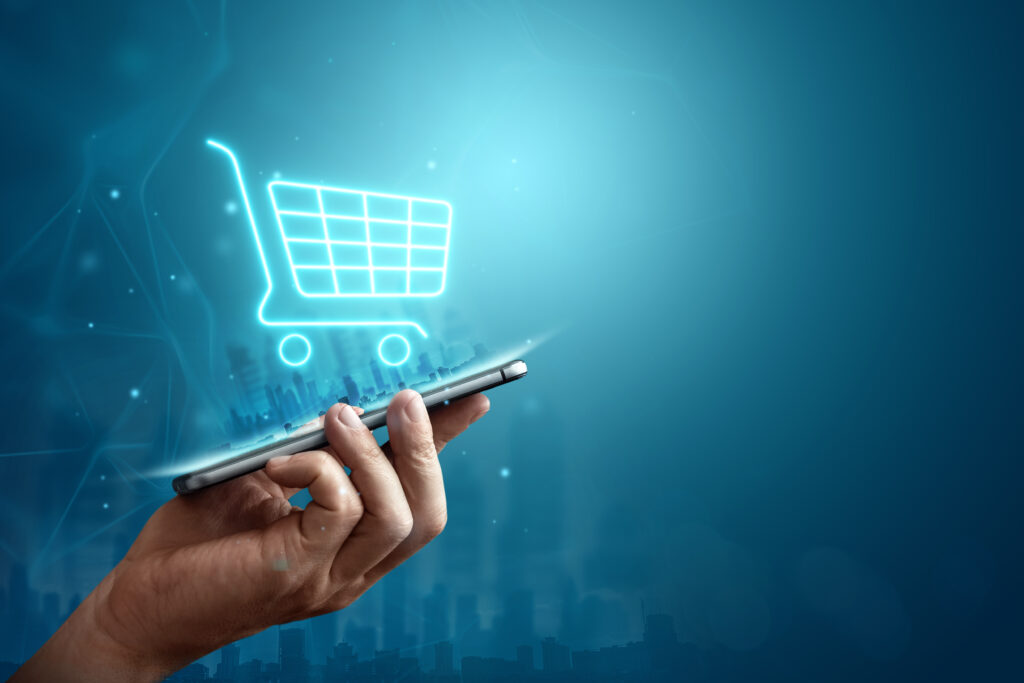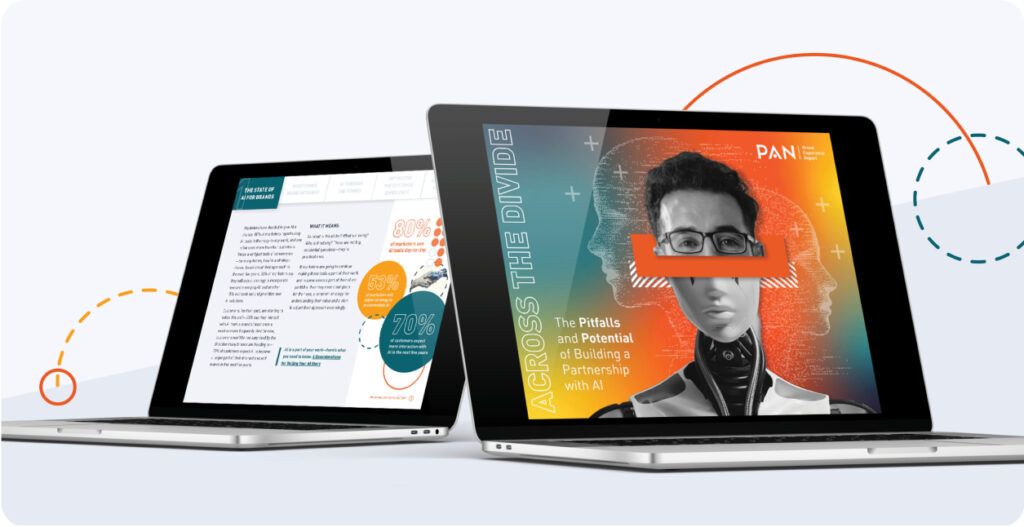Amid difficult economic conditions and ongoing supply chain setbacks, retail organizations are in a tough spot — and customer standards for engagement and experience with a retailer aren’t getting lower. Rising expectations and decreasing budgets are not-so-surprisingly honing the focus on a few factors: the role of omnichannel data, the potential for greater efficiency via AI, and delivering on delivery.
The goal, of course, is to keep customers not only satisfied but actually excited to shop with you — and enthusiastic about coming back. As a marketer, I’m inclined to think of the retail sales cycle as more like an infinity symbol than a funnel. Deliver products, services and experiences, that make consumers so happy with your brand that they leave a positive review, tell their friends, and come back to purchase again.
NRF 2024: Retail’s Big Show was a crazy boost of energy and inspiration with informative sessions, some amazing conversations with retail marketers and a taste of some exciting technology in the space. It also left me trying to put myself in the mind of the retail industry players and the questions that I think are top of mind for 2024.
How Do I Improve the Customer Experience?
As is true across any industry, the most important consideration of retail is the end user. What defines the experience your customer has with your brand online or in person? There are endless avenues for improving the customer experience, from customized video content across your website to help spark ideas for a full room design or an augmented reality interface to show your audience exactly what that shade of lipstick looks like on them. It could also be technology that goes unnoticed as it quietly makes their shopping experience easier, like the streamlining of data sharing with those on the floor with those in the backroom, providing everyone with a clear and real-time view of inventory.
From my point of view, it all comes down to data. And based on what I saw across the floor at NRF, it all comes down to omnichannel data and democratized access to that data. This requires retailers to pair up with technology partners who are continuously innovating to stay ahead of customer needs and constantly improving the interaction with your brand.
What Role Will AI Play in Retail?
There is rarely a conference in any industry these days that doesn’t feature AI as the star. It is the hot topic for sessions, the newest offering in booths across technology companies, and the topic of many conversations.
There is no simple answer when it comes to the impact of AI on retail, but it clearly has a role to play for now. It could free up in-store employees with more time to interact with customers, or it could power a live chat tool on your website, helping to ensure the customer finds exactly what they need, when they need it. As is always the case with rapidly evolving technology, effective use of AI will require a baseline level of training and understanding for anyone in your organization who will interact with it.
One thing was evident — as powerful as AI might be, it can’t replace people. You will always need people within your organization who understand its use and can leverage it for your specific needs.
Am I Meeting Last Mile Delivery Expectations?
When it comes to getting what you want from a retailer, timing is second only to quality. The customer experience doesn’t end with purchase and retailers are scrambling to recreate an Amazon-level experience for delivery.
For some retailers, this means more options and personalization for the timing and location of delivery, aiming to avoid issues like porch pirates. For larger retail companies, it might mean improving their supply chain logistics or partnering with an organization that can help them streamline this experience and ensure it aligns with their level of customer service and customization.
The flipside of delivery is returns — that process needs to be just as seamless. Bonus points if you are partnered with an organization that can also resell, when possible, leaving minimum impact on your bottom line. Anyone else notice those self-service kiosks at your local UPS store for Amazon returns?
Lessons for B2B Retailers
Knowledge is only as good as what you do with it, and it’s our job as integrated marketing and PR experts to stay ahead of how these changes in the industry will impact the work our clients do.
When I consider the trends above, there are very clear parallels to the guidance I would give to those in the B2B retail space.
- Integrated, omnichannel data always makes for more opportunity — in retail, marketing, sales and delivery. One of the most important questions to answer in building and integrated marketing and PR strategy is what data you have available. The more data and data sharing across channels of the organization, the better positioned you will be. How much do you know about your ICP? Are the metrics and anecdotal feedback from sales easily communicated to the marketing team? The sharing of data and an omnichannel approach can help for better testing, faster optimizations and better results.
- AI isn’t going away, but instead of being the first to use it, make sure you understand the best way to use it within your organization. This is the case across all industries right now. How we can use it may change with regulations, but focusing on the areas within your company that could benefit most from this technology and training employees to work with AI will ensure you’re getting efficient results while also fighting the narrative that AI will replace jobs. It’s a great way to start scratching the surface.
- Last mile delivery is a lot like successful account-based marketing (ABM) strategies. It isn’t just about reaching your audience at all, it’s about when and where you do it. Much like in retail, every touchpoint matters in marketing. Personalized content, deep knowledge of your ICP (or often times multiple ICPs), and an understanding of where your audience currently lives — these are great foundational elements to build an ABM strategy. In fact, the big difference between the two is speed. A strong, smart ABM strategy takes a little more patience than waiting for an Amazon package.
Need a hand tackling challenges for B2B retail brands? Get in touch.




